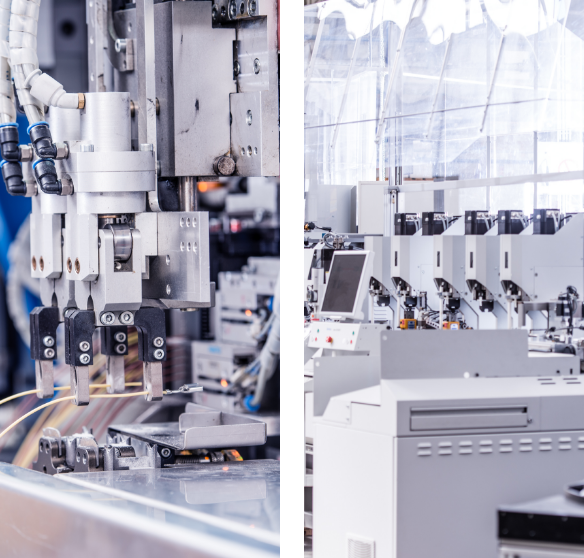Cutting-Edge Technologies at ARCUS
At ARCUS, we harness state-of-the-art technologies to craft top-tier cable harnesses, assemblies, and signal lights. Our manufacturing arsenal incorporates a diverse range of cutting-edge techniques, ensuring precision and excellence throughout the production process. Some of the key technologies we employ include:

